Halit Özen, a lecturer in the Civil Engineering Department at Yıldız Technical University (YTU), has issued a warning regarding the precautions that need to be taken in the field of transportation in the event of a possible earthquake in Istanbul.
Özen emphasized the importance of keeping at least two of the four corridors in the east-west direction open in the event of an earthquake. These corridors consist of the coastal road, D-100 highway, TEM Highway and Northern Marmara Highway.
Speaking to Anadolu Agency (AA), Özen said, “Transportation mobility in the event of a possible earthquake would involve journeys for security purposes, emergency aid and rescue purposes arising from evacuation and providing infrastructure services for damage detection and repair.”
He emphasized the need for these journeys to be well managed to reduce the earthquake’s social and physical effects.
Özen highlighted the importance of conducting traffic management studies in three stages, considering the pre-earthquake, earthquake moment and post-earthquake scenarios. “Disaster laws will be valid in the earthquake region from the moment the earthquake occurs. Therefore, it is essential to inform the disaster victims about the laws. Public transport should be used to prevent congestion on the roads during personal journeys. Drivers of public service vehicles, such as taxi drivers, public transport drivers, rail system users and those working in infrastructure services, should receive training on how to act in the event of an earthquake,” he urged.
Regarding the post-earthquake period, Özen mentioned that a difficult-to-predict and complex traffic situation could emerge for three to seven days. He emphasized the importance of planning traffic management to ensure quick access for search and rescue vehicles and teams, as well as keeping routes open for ambulances and fire trucks to reach their destinations efficiently.
Özen described transportation mobility in disaster response as a process of “recovery” and “recovery situation.” He highlighted that people would move away from their homes to safer areas during such events. He emphasized the importance of identifying meeting areas and planning routes for reaching and evacuating these places.
Regarding earthquake preparedness in Istanbul, Özen said, “The authorities are focusing on keeping key transportation corridors open, particularly the coastal road and D-100 highway, which are vital for east-west travel.”
He stressed the need to design these routes, considering their potential to be inaccessible due to a tsunami following an earthquake, especially given their proximity to the sea.
Furthermore, Özen noted the potential disruption of maritime transportation, including rail vehicles, during an earthquake. He suggested that sea travel might be unavailable for at least two or three days following an earthquake, requiring transportation planning and usage adjustments during this period.











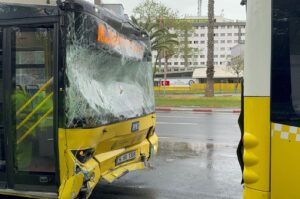


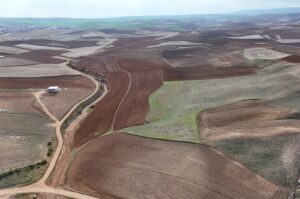
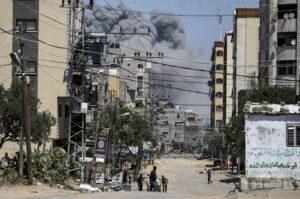
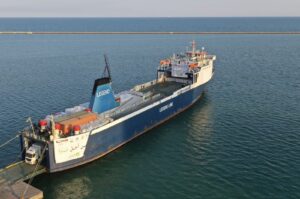

















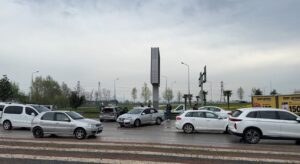


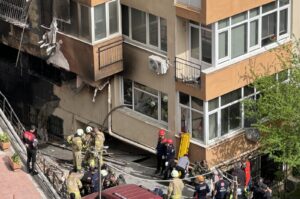
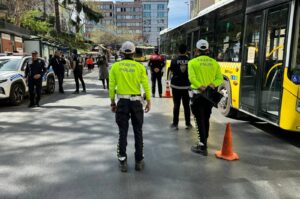
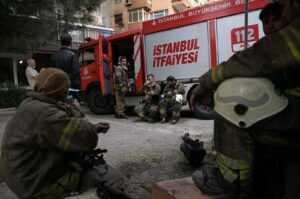


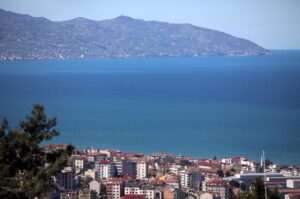









Be First to Comment